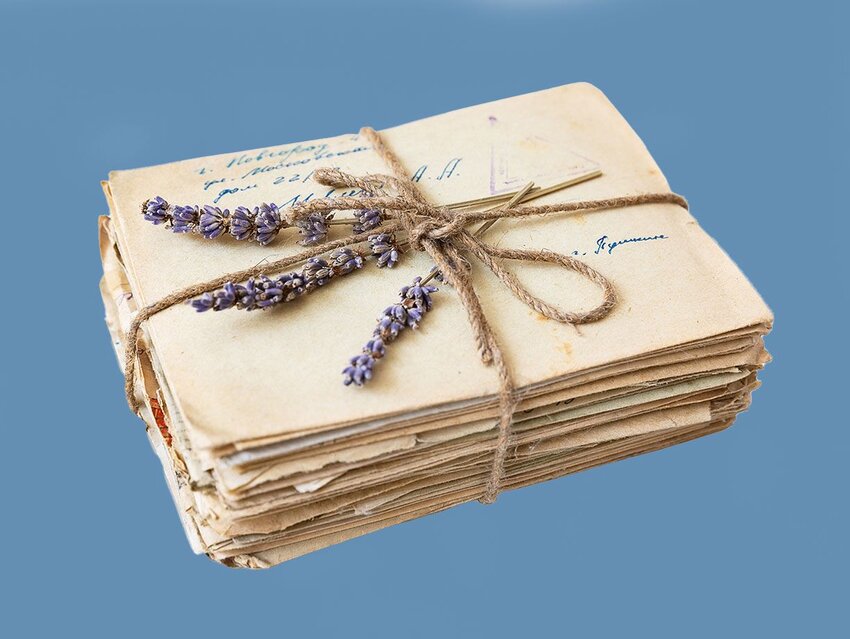Before texts and emails, there were letters. From the famous letters penned by St. Paul and Martin Luther King Jr. to simple vacation postcards, people have used letters to communicate their thoughts across miles for centuries. Even today, with the convenience of instant messaging and texts, the art of letter writing isn’t dead — it has just expanded to email, as well. Let’s look at some tips on how to write a quality letter, whether on paper or in a digital format.
Types of Letters
The kind of letter you’re writing will dictate the style, tone, and format. If you’re writing a professional business letter, for example, you’ll want to make sure you type the letter in a simple, readable font. Use a more formal writing style, too, and keep your remarks short and to the point. When you finish, check your spelling and proofread for any grammatical errors.
If you’re writing an informal or personal letter, a handwritten note is OK, and may even be preferable for a thank-you note or a birthday card. For these casual notes, don’t worry too much about your writing style, how the letter is formatted, or the layout. The message is more important.
Opening Your Letter
The salutation is the “Dear so-and-so” of the letter, or the greeting to your recipient. As the opening line, it sets the tone, so it’s important to greet people how they wish to be addressed.
“To Whom It May Concern” should be used only in very formal situations, and only when you don’t have a direct contact, such as when you’re writing to an institution (such as a bank).
In professional (and still formal) contexts, when you don’t know the recipient’s name, you can use “Dear Sir or Madam,” but you might want to consider calling the office and tracking down a name. When you have a named contact, use the salutations “Dear Mr. Smith,” “Dear Ms. Smith” (don’t use Mrs.), “Dear Dr. Smith,” or another title if you know it. If you are unsure of or don’t want to assume the recipient’s gender, address the salutation to “Dear Francis Smith.”
If you have a closer relationship with the recipient, you may drop the title and use their first name, even in a professional context. You can also use various salutations other than “Dear.” For an informal letter, one of these greetings might work:
Dear Tina,
Hi colleagues,
Hello Suriname,
Note: Even though the “standard” English punctuation would be to insert a comma after “dear,” “hi,” and hello” in the above examples, you only add a comma at the end of the salutation line.
Perhaps most importantly, pay attention to the spelling of the recipient’s name. If they have already sent you an email, double check the spelling — there is no excuse for misspelling a name, and getting it right is a sign of respect.
Starting Your Letter
Why are you writing? When writing a formal or business letter, state your intention up front and get to the point. This makes it more likely that your letter will be read and (perhaps even more importantly) responded to. A few templates include:
I’m writing regarding…
I enjoyed meeting you at the Pickle Canning Conference last June…
Thank you for contacting me about…
I recently read your interview in Pickle Canning Monthly…
You’ll notice some of these sentences call attention to a shared connection, while others state a matter to discuss. What’s most important is to let the recipient know what to expect from the message.
The Body of the Letter
This is where the bulk of the information lives. For business letters, it’s essential to stay focused. Be sure to follow grammar and spelling rules closely, but don’t indent the first line of paragraphs when writing a formal letter.
When writing an informal letter, you may want to share personal news or ask and respond to questions, and it’s OK to include slang or conversational language. However, keep in mind that emails can always be forwarded, and it’s not a secure or private channel. Don’t include any information that you wouldn’t want shared openly. This could include anything from financial information (being careful to avoid scams, for example) or workplace gossip that you wouldn’t want shared.
Closing Your Letter
Now it’s time to say goodbye. If your message was lengthy, consider summarizing important information. You might finish up by referring to future actions, such as an upcoming visit or interview, or pointing out enclosed items, such as a resume or attached file. If you’re writing a business letter, consider one of these closing phrases:
Sincerely,
Thank you,
Kind regards,
Thank you for your time,
Respectfully,
All the best,
Regards,
For an informal letter, something warmer and friendlier would be appropriate:
Love,
Affectionately,
Fondly,
Gratefully,
Talk soon,
Best wishes,
Warmly,
Notice that the first letter (and only the first letter) should be capitalized on your closing sign-off. The last touch to your letter? Your name — either your full name or just your first name, depending on the type of letter.
Featured image credit: Preto_perola/ iStock

